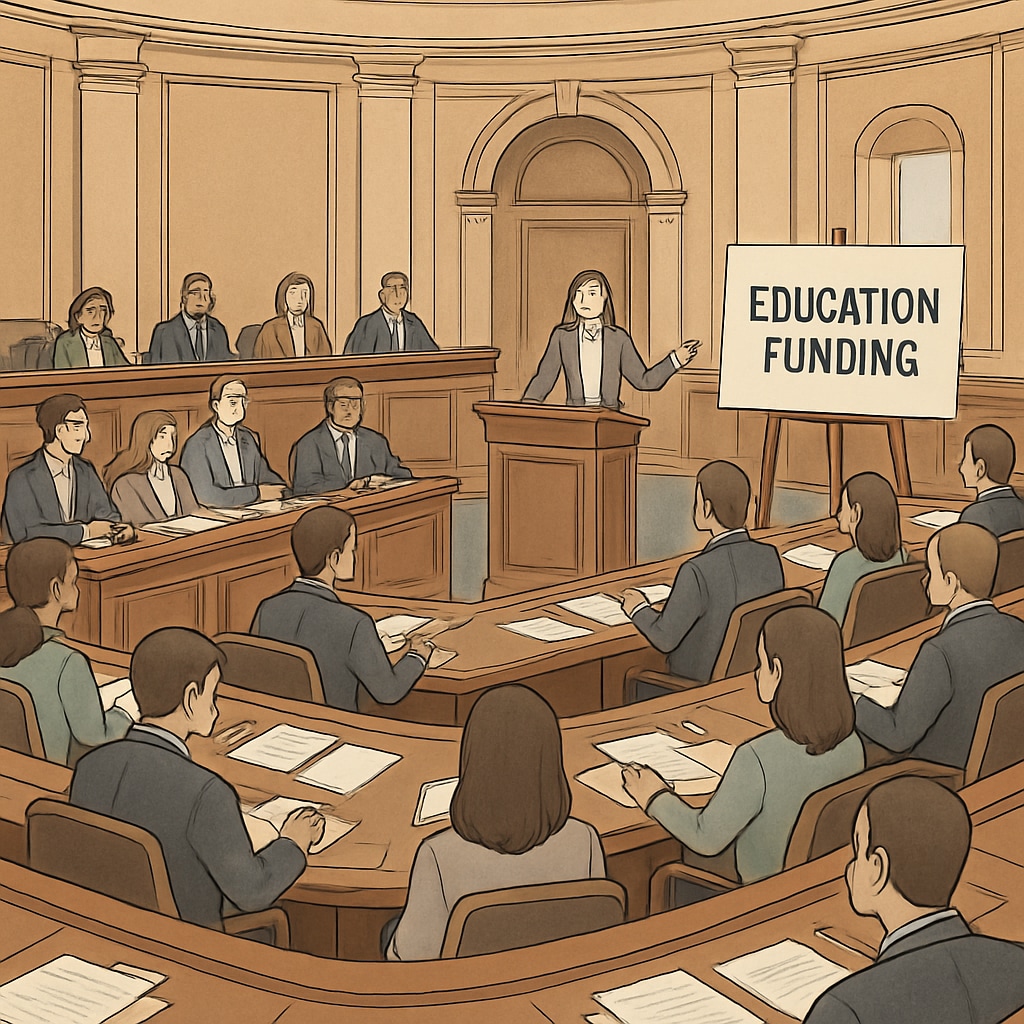Organizations like Stand For Children have long presented themselves as advocates for educational reform, but their actions have raised alarms about the privatization of public education funds. By leveraging legislation to redirect financial resources, these groups risk undermining the very schools they claim to support. This approach not only threatens K-12 public education’s stability but may also result in school closures and teacher layoffs. It is crucial for stakeholders to scrutinize these efforts and protect the integrity of public education.
The Mechanisms Behind Education Privatization
Education privatization often operates under the guise of reform. Organizations like Stand For Children lobby for legislative changes that ostensibly improve student outcomes. However, these measures frequently involve reallocating public funds to private entities, including charter schools and educational management companies. While proponents argue that such policies increase choice and competition, critics highlight the unintended consequences: reduced budgets for public schools, staff cuts, and diminished resources for students who remain in the public system.

For example, legislation promoting voucher programs reallocates taxpayer money from public schools to subsidize private school tuition. According to a Britannica article on education vouchers, such programs often lack sufficient oversight, leading to questions about accountability and equitable access.
Stand For Children’s Role in Legislative Changes
Stand For Children has been a prominent player in advocating for policy shifts that impact public education funding. While their mission statement emphasizes improving education for all children, their focus on redirecting funds to charter schools and similar initiatives has sparked controversy. Critics argue that these policies disproportionately benefit private entities at the expense of public institutions.
In a report by The Washington Post, education experts noted that such legislative measures often prioritize specific student populations, leaving public schools with the challenge of serving high-need students on reduced budgets. As a result, public schools struggle to maintain quality education, leading to closures in underfunded districts.

Protecting Public Education’s Future
To mitigate the risks associated with education privatization, stakeholders must take proactive steps:
- Advocate for Transparency: Demand detailed financial reporting from organizations receiving public education funds.
- Support Equitable Policies: Promote legislation that ensures fair resource allocation across all schools.
- Engage in Community Action: Mobilize parents, teachers, and community leaders to voice concerns about privatization efforts.
In addition, policymakers should conduct thorough impact assessments before implementing reforms. By prioritizing the needs of students and teachers in public schools, it is possible to achieve meaningful improvements without jeopardizing the system’s foundational integrity.
In Conclusion: While groups like Stand For Children may advocate for reform, their legislative strategies often raise concerns about education privatization. Protecting public education requires vigilance, community engagement, and a commitment to equitable funding. Only then can we ensure that public schools continue to serve as pillars of opportunity for all students.


